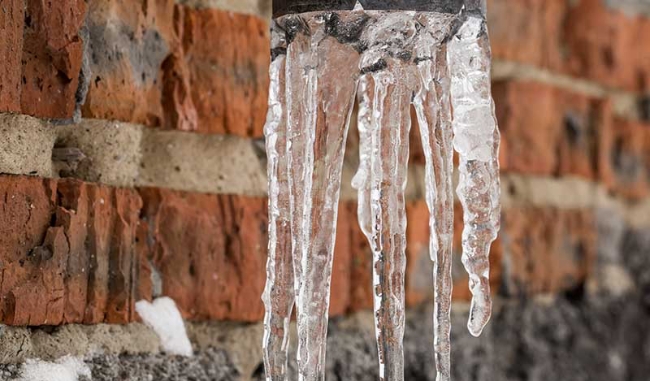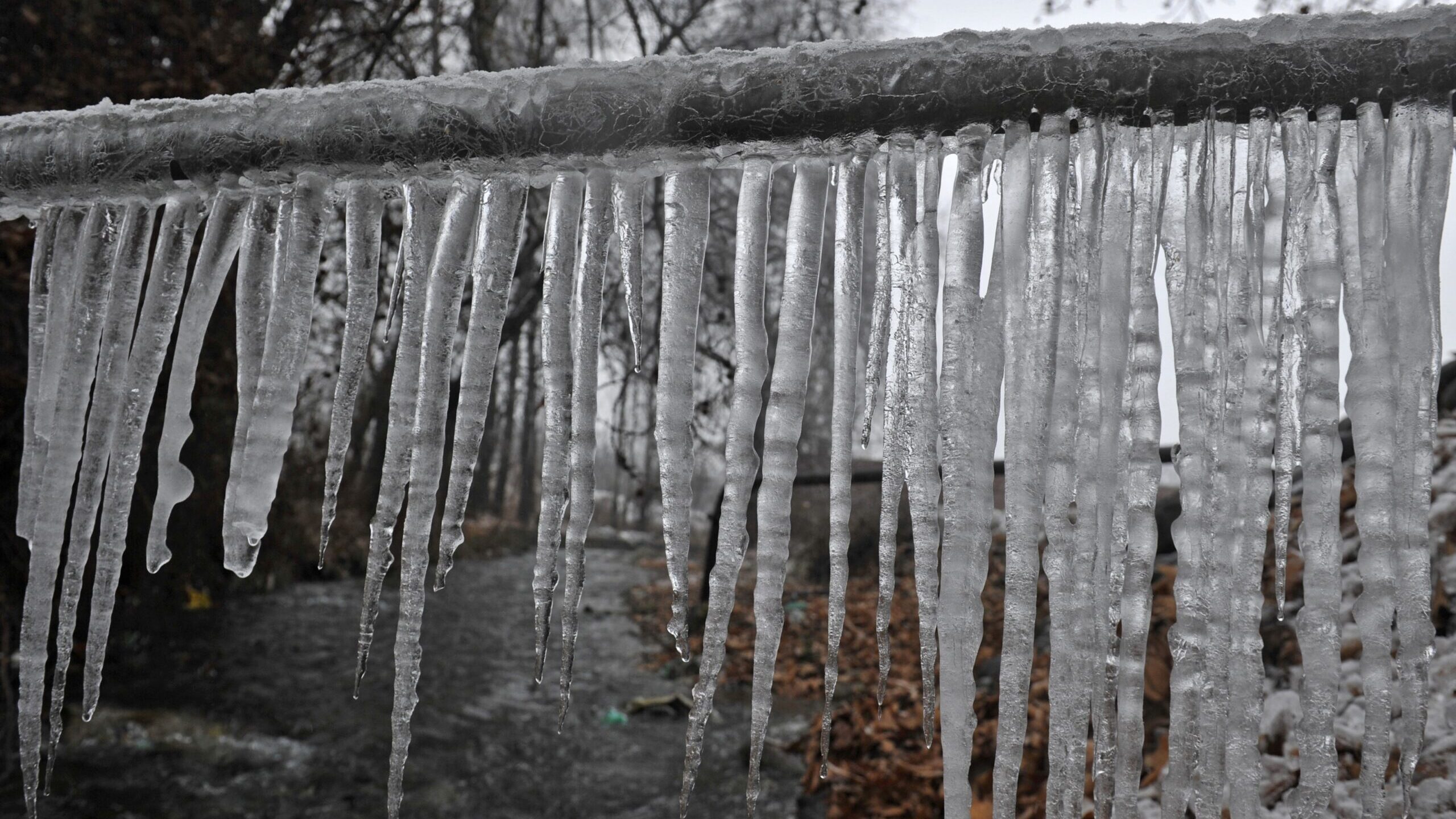Ways to Maintain Your Pipes from Freezing Issues: Essential Tips
Ways to Maintain Your Pipes from Freezing Issues: Essential Tips
Blog Article
Are you currently trying to find advise on How to prepare your home plumbing for winter weather?

Winter can ruin your pipes, especially by freezing pipes. Below's just how to stop it from occurring and what to do if it does.
Introduction
As temperature levels decrease, the danger of frozen pipes increases, possibly bring about pricey repair work and water damages. Understanding how to stop frozen pipelines is critical for homeowners in cool climates.
Recognizing Frozen Pipelines
What creates pipelines to freeze?
Pipes freeze when subjected to temperatures below 32 ° F (0 ° C) for expanded durations. As water inside the pipelines ices up, it increases, putting pressure on the pipeline walls and possibly creating them to break.
Threats and problems
Icy pipes can lead to water disturbances, building damages, and expensive repairs. Ruptured pipelines can flooding homes and create considerable architectural damage.
Indicators of Frozen Pipeline
Determining icy pipes early can stop them from rupturing.
Exactly how to determine icy pipelines
Try to find lowered water flow from taps, unusual odors or sounds from pipelines, and noticeable frost on subjected pipelines.
Prevention Tips
Shielding prone pipelines
Cover pipes in insulation sleeves or use heat tape to protect them from freezing temperature levels. Focus on pipelines in unheated or exterior locations of the home.
Home heating strategies
Keep interior rooms properly heated, especially locations with plumbing. Open up cupboard doors to enable cozy air to flow around pipes under sinks.
Securing Outside Plumbing
Garden hose pipes and exterior faucets
Detach and drain pipes garden hose pipes before winter. Mount frost-proof spigots or cover exterior taps with protected caps.
What to Do If Your Pipes Freeze
Immediate actions to take
If you suspect icy pipelines, keep faucets available to soothe pressure as the ice melts. Utilize a hairdryer or towels soaked in warm water to thaw pipelines gradually.
Long-Term Solutions
Structural changes
Consider rerouting pipelines away from outside walls or unheated areas. Include additional insulation to attic rooms, basements, and crawl spaces.
Updating insulation
Purchase top notch insulation for pipes, attic rooms, and wall surfaces. Proper insulation helps maintain constant temperature levels and minimizes the risk of icy pipes.
Final thought
Preventing frozen pipelines calls for positive procedures and fast responses. By understanding the causes, signs, and preventive measures, house owners can protect their plumbing throughout cold weather.
5 Ways to Prevent Frozen Pipes
Drain Outdoor Faucets and Disconnect Hoses
First, close the shut-off valve that controls the flow of water in the pipe to your outdoor faucet. Then, head outside to disconnect and drain your hose and open the outdoor faucet to allow the water to completely drain out of the line. Turn off the faucet when done. Finally, head back to the shut-off valve and drain the remaining water inside the pipe into a bucket or container. Additionally, if you have a home irrigation system, you should consider hiring an expert to clear the system of water each year.
Insulate Pipes
One of the best and most cost-effective methods for preventing frozen water pipes is to wrap your pipes with insulation. This is especially important for areas in your home that aren’t exposed to heat, such as an attic. We suggest using foam sleeves, which can typically be found at your local hardware store.
Keep Heat Running at 65
Your pipes are located inside your walls, and the temperature there is much colder than the rest of the house. To prevent your pipes from freezing, The Insurance Information Institute suggests that you keep your home heated to at least 65 degrees, even when traveling. You may want to invest in smart devices that can keep an eye on the temperature in your home while you’re away.
Leave Water Dripping
Moving water — even a small trickle — can prevent ice from forming inside your pipes. When freezing temps are imminent, start a drip of water from all faucets that serve exposed pipes. Leaving a few faucets running will also help relieve pressure inside the pipes and help prevent a rupture if the water inside freezes.
Open Cupboard Doors
Warm your kitchen and bathroom pipes by opening cupboards and vanities. You should also leave your interior doors ajar to help warm air circulate evenly throughout your home.

Hopefully you enjoyed reading our part about How to Prevent Your Pipes From Freezing. Many thanks for taking the time to read our content. Sharing is caring. Helping others is fun. Thanks a lot for going through it.
Call Today Report this page